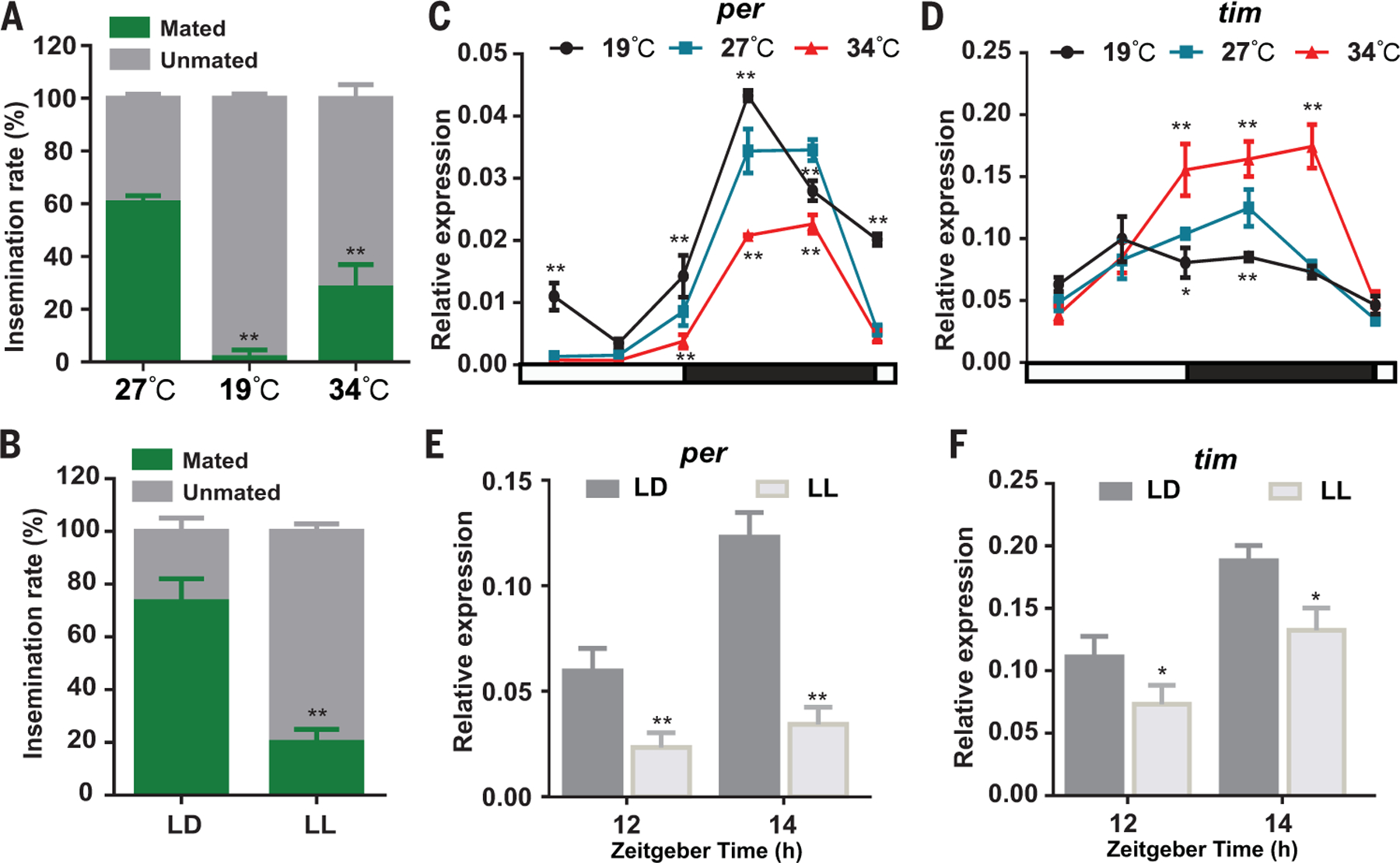Fig. 2. Temperature and light affect mating activity.

Newly emerged male and female mosquitoes were kept separately for 3 days at 27°C under 12-hour–12-hour LD cycling before performing the experiment. (A) Temperature affects mosquito mating activity. Males and females were pooled; kept overnight at 19°, 27°, or 34°C; and female insemination rates were determined. (B) Light inhibits mosquito mating activity. Males and females were pooled, kept in LD or LL conditions, and female insemination rates were determined. (C and D) Effect of temperature on per (C) and tim (D) transcript abundance in male An. stephensi heads under LD cycling. Mosquitoes were kept under LD cycles at 19°, 27°, or 34°C. per and tim transcript rhythm in male heads was measured by qRT-PCR. The housekeeping gene RPS7 (AsS7) was used as an internal reference in qRT-PCR assays. (E and F) Effect of prolonged light on per (E) and tim (F) transcript abundance in male An. stephensi heads. Male mosquitoes were maintained for 3 days at 27°C under LD cycling and then either kept in the LD condition or switched to the LL condition. Mosquitoes were collected at ZT12 (lights off) and ZT14 (2 hours after lights off) for detection of per and tim expression levels. Error bars indicate SEMs. *P < 0.05; **P < 0.01 (Student’s t test). Similar results were obtained from two biological repeats.
